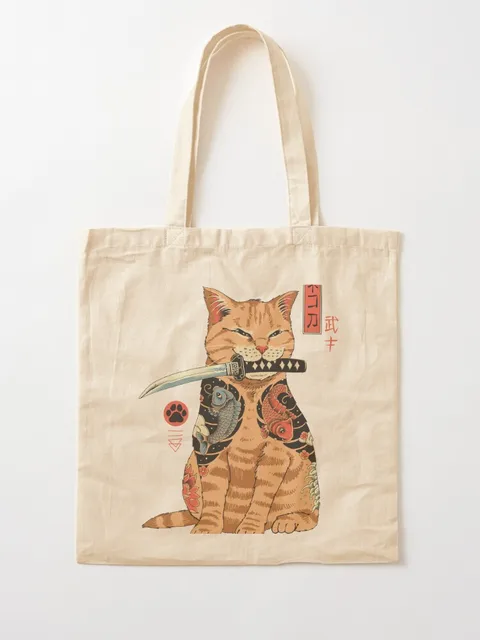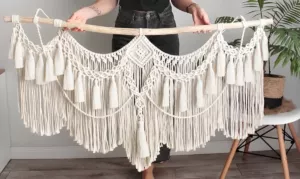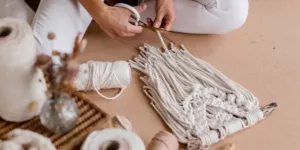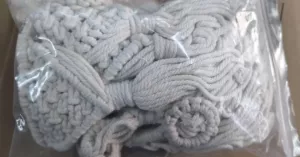Cute Painted Tote Bags – Tote bags are more than just functional carriers; they’re a canvas waiting to be transformed into a unique piece of art. In this blog post, we’ll dive into the world of DIY creativity as we explore how to turn plain tote bags into personalized masterpieces with adorable paint designs. Whether you’re a seasoned artist or a beginner looking to unleash your artistic side, this guide will walk you through the exciting process of creating cute and eye-catching tote bags.
Choosing the Right Tote Bag: Unleashing Your Creativity
When embarking on the journey of transforming a tote bag into a canvas of personal expression, the choice of the initial tote is paramount. Here’s why it matters:
Importance of Starting with a Plain Canvas Tote Bag: Begin with a blank canvas—opt for a plain tote bag without pre-existing designs or prints. This provides you with a clean slate, allowing your imagination to run wild. A blank canvas tote ensures that your chosen paint designs will take center stage, creating a cohesive and visually appealing finished product.
Consider Factors like Material, Size, and Color:
- Material: The material of the tote bag plays a crucial role in determining the final outcome. Cotton tote bags are often preferred for their smooth texture, making them ideal for painting. Consider the weight of the material as well, ensuring it can withstand the paint without becoming too saturated.
- Size: The size of the tote is equally important. Consider your intended use—whether it’s for daily essentials, groceries, or a statement accessory. A medium-sized tote bag is versatile and allows for a well-balanced canvas for your paint designs.
- Color: While starting with a plain bag is key, consider the color of the tote as it will influence your paint choices. A neutral color provides a versatile backdrop, but don’t be afraid to experiment with bolder shades for a more vibrant result.
Suggestions on Where to Find Affordable and Suitable Tote Bags:
- Craft Stores: Local craft stores often stock plain tote bags in various sizes and materials. Check the crafting or fabric section for budget-friendly options.
- Online Retailers: Websites like Amazon, Walmart, or even specialty crafting sites offer a wide selection of plain tote bags. Read reviews to ensure the quality meets your expectations.
- Discount Outlets: Explore discount stores or outlets known for affordable and practical items. They may have plain tote bags in bulk, allowing you to experiment with multiple designs.
- Thrift Stores: Thrift stores are hidden gems for finding unique tote bags. Look for gently used plain totes that can be given a new life with your creative touch.
Remember, the right tote bag sets the foundation for a successful paint transformation. Consider these factors thoughtfully, and you’ll be ready to turn your chosen tote into a personalized work of art.
Preparing Your Painters Toolkit
Now that you’ve chosen the perfect canvas, it’s time to gather the essential materials for your painting adventure. Here’s a comprehensive list to ensure you’re well-equipped for your creative journey:
1. Fabric Paint:
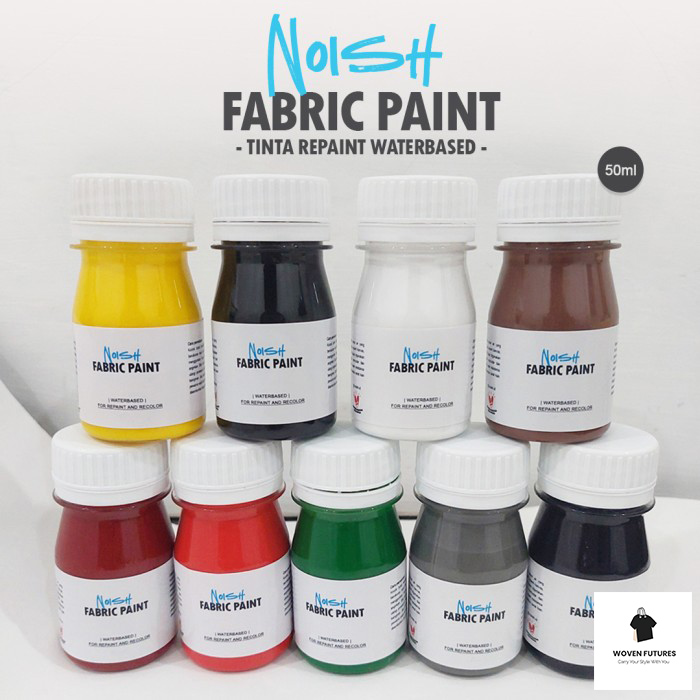
- Choose high-quality fabric paint in various colors to bring your design to life. Look for paints specifically labeled as suitable for fabric to ensure longevity and vibrant results.
2. Brushes:
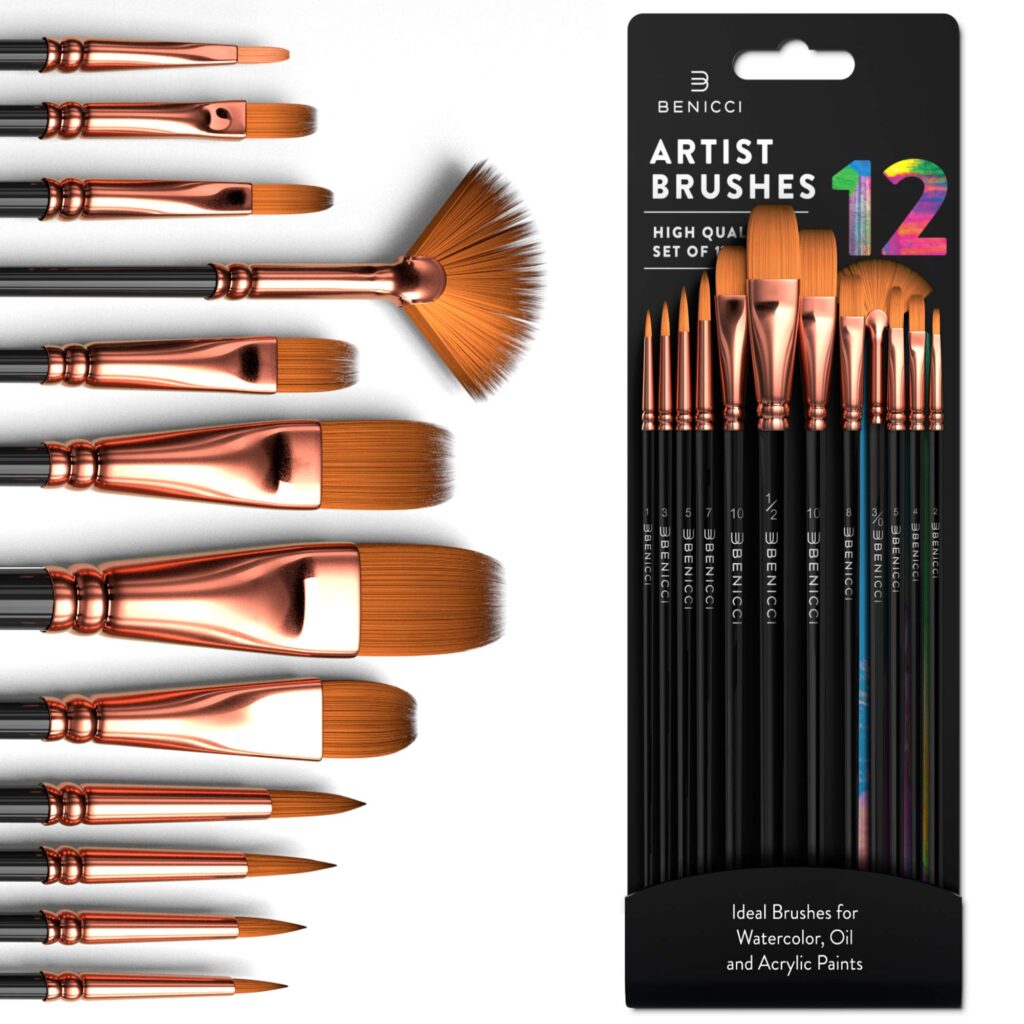
- Invest in a variety of paintbrushes with different bristle types and sizes. A combination of fine brushes for intricate details and broader brushes for larger strokes will give you flexibility in your designs.
3. Stencils:
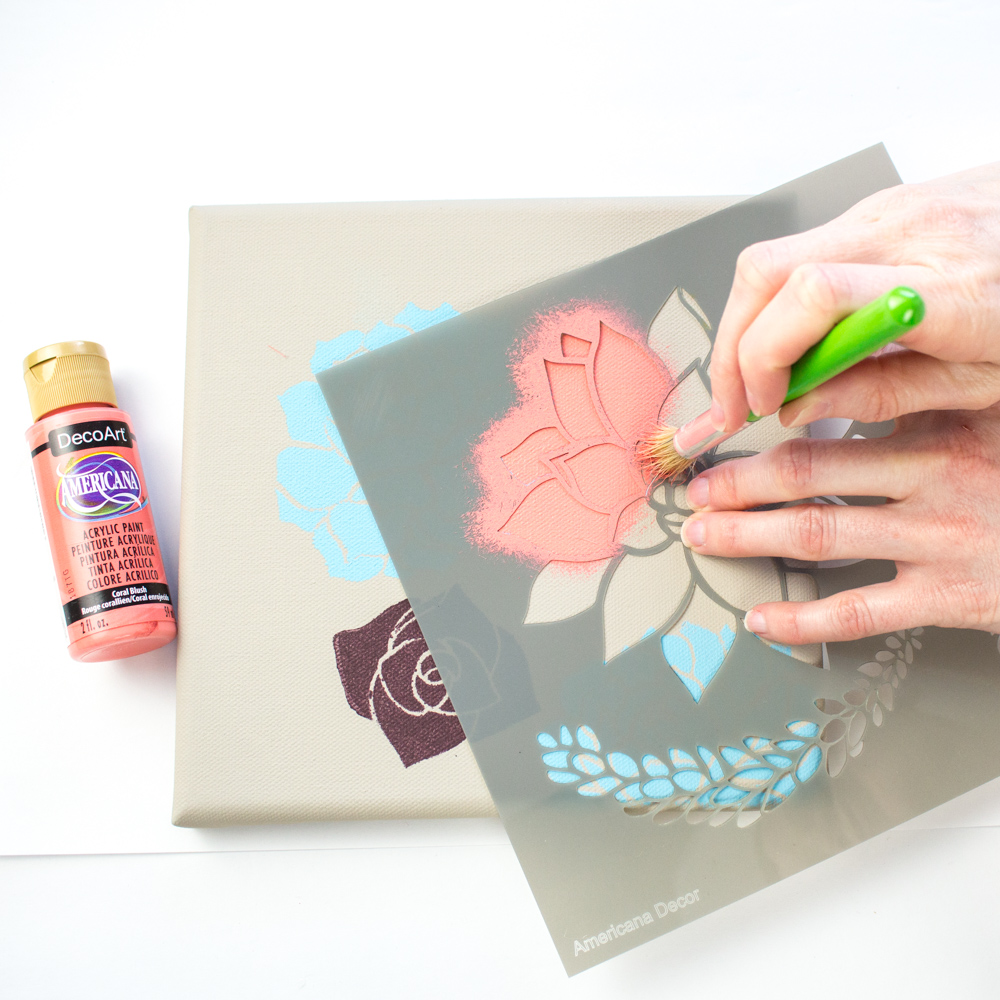
- Stencils can add precision and uniformity to your designs. Consider getting a variety of shapes and patterns that align with your artistic vision. Alternatively, you can create your own stencils using sturdy materials like cardstock.
4. Masking Tape:
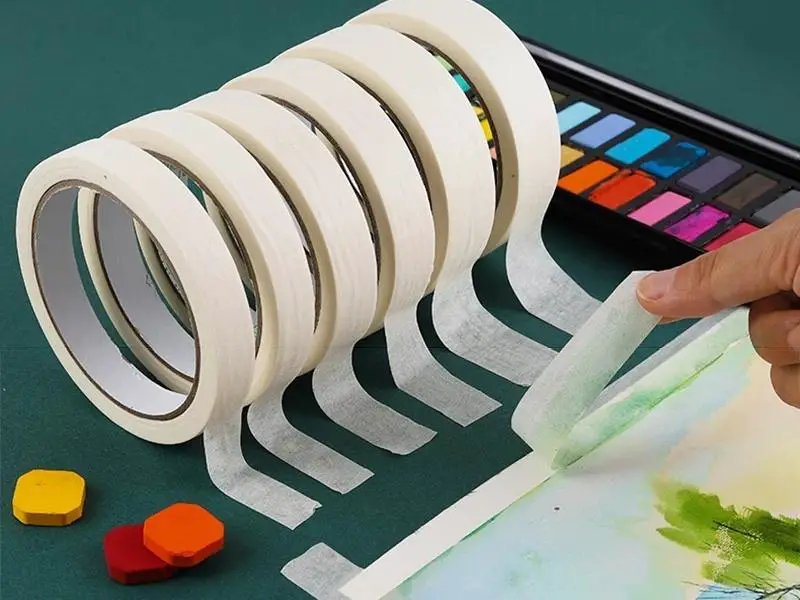
- Masking tape is a valuable tool for creating clean lines and defining sections in your design. It ensures that your paint stays within the desired boundaries, especially when working on geometric or segmented patterns.
5. Palette:
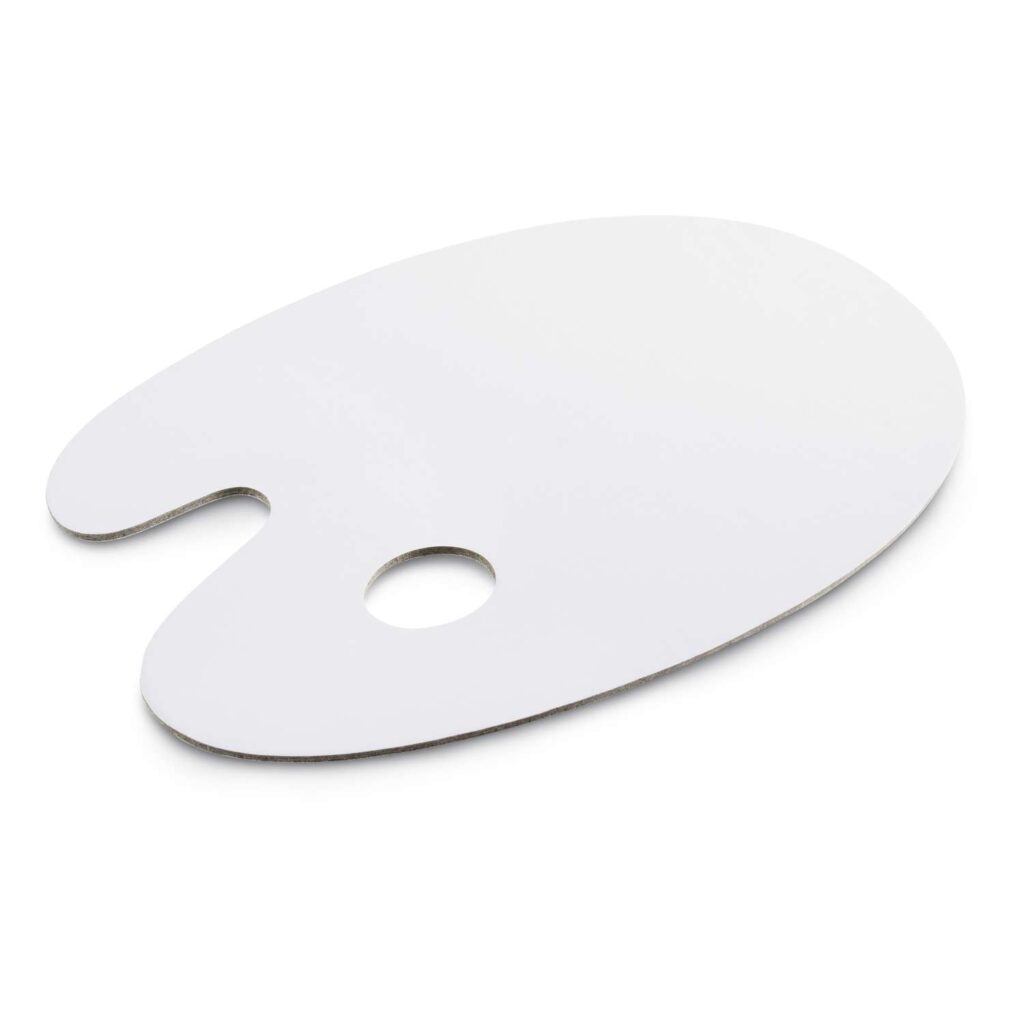
- A palette, whether traditional or disposable, is essential for mixing and organizing your paint colors. It facilitates easy access to a range of hues as you work on your tote bag.
6. Palette Knife or Old Credit Card:
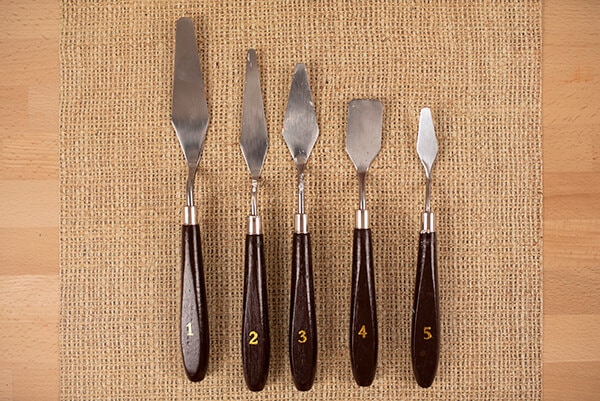
- These unconventional tools are handy for spreading paint smoothly or creating textured effects. They offer versatility in achieving different textures and finishes.
7. Water Containers and Cleaning Supplies:
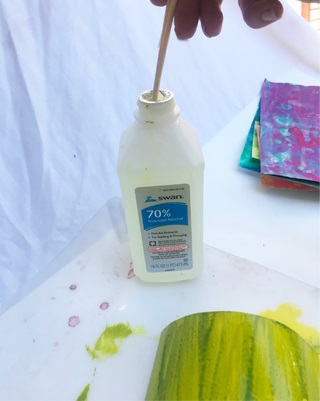
- Keep containers of water for rinsing brushes between color changes. Have a rag or paper towels on hand for quick cleanups and to maintain the integrity of your color palette.
8. Pencil and Sketchbook:
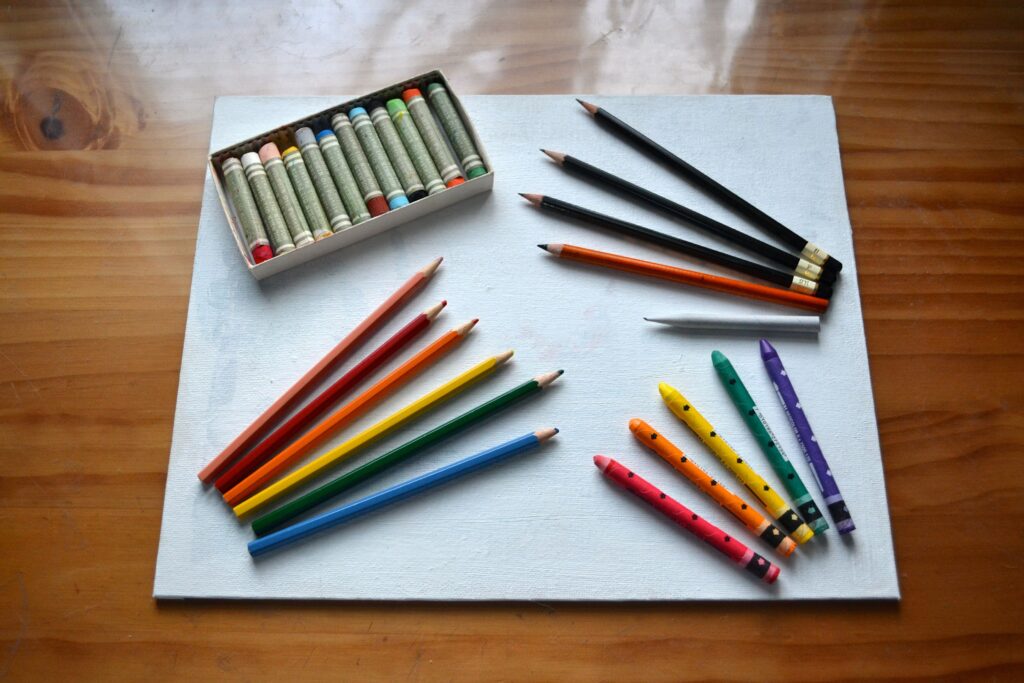
- Use a pencil and sketchbook to plan and sketch your design before committing it to the tote bag. This helps you visualize the layout and make adjustments before starting the painting process.
9. Additional Embellishments:
- Consider adding extra flair to your tote bag with embellishments like rhinestones, fabric markers, or iron-on patches. These elements can enhance the overall aesthetic and create a truly personalized touch.
Tips on Where to Purchase or Find these Materials
- Art Supply Stores: Local art supply stores carry a wide range of fabric paints, brushes, and other painting essentials. Check for any ongoing sales or discounts.
- Crafting Websites: Online crafting platforms like Michaels, Joann, or Blick Art Materials offer a vast selection of painting materials, often with customer reviews to guide your choices.
- Local Dollar Stores: Basic supplies like brushes, masking tape, and palettes can often be found at dollar stores, providing budget-friendly options.
- Thrift Shops or Garage Sales: Explore thrift shops or garage sales for second-hand paint supplies. While fabric paint may not be available, you can often find affordable brushes and palettes.
Gather these materials, set up your creative space, and get ready to turn your plain tote into a masterpiece!
Planning Your Design: Unleashing Your Creative Vision
Now that you have your tote and painting materials ready, let’s delve into the exciting world of design planning. Here’s how to explore, plan, and sketch adorable and trendy designs for your tote bags:
Different Cute and Trendy Design Ideas
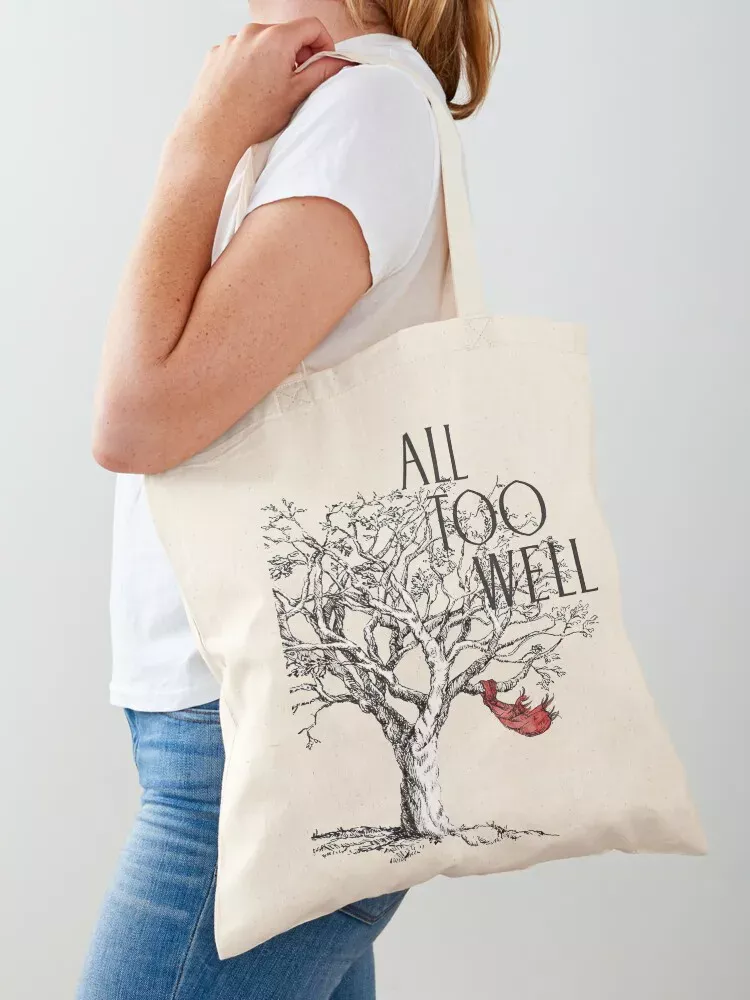
Delicate flowers, vines, or botanical patterns can bring a touch of nature to your tote. Consider using a variety of colors to create a vibrant and eye-catching floral arrangement.
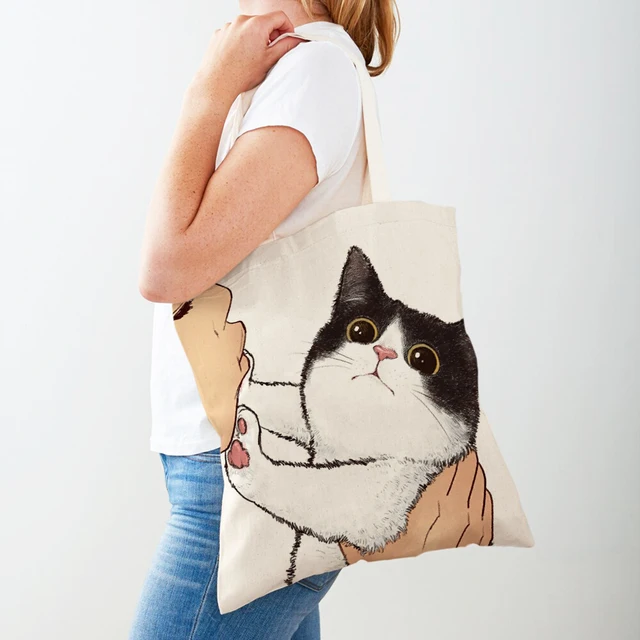
Cute animals like cats, dogs, or even mythical creatures can add a playful and whimsical vibe to your tote. Experiment with different poses and expressions to convey personality.
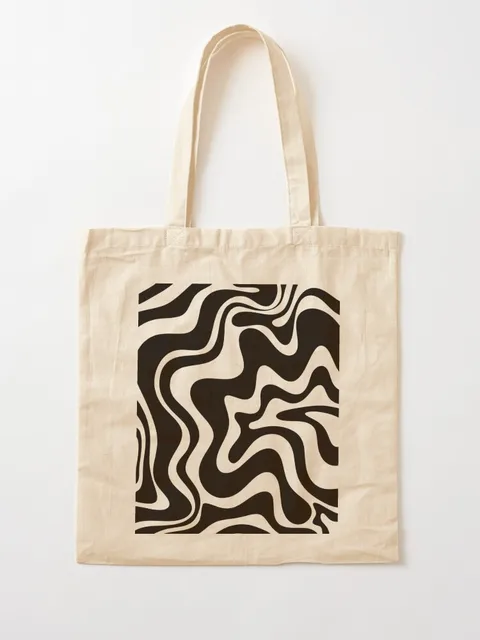
Clean lines, shapes, and geometric patterns are always in style. Create visually appealing designs with triangles, squares, or hexagons, using contrasting colors for a modern touch.

Express yourself with meaningful quotes, affirmations, or your favorite words. Experiment with various fonts and styles to find the perfect way to convey your message.
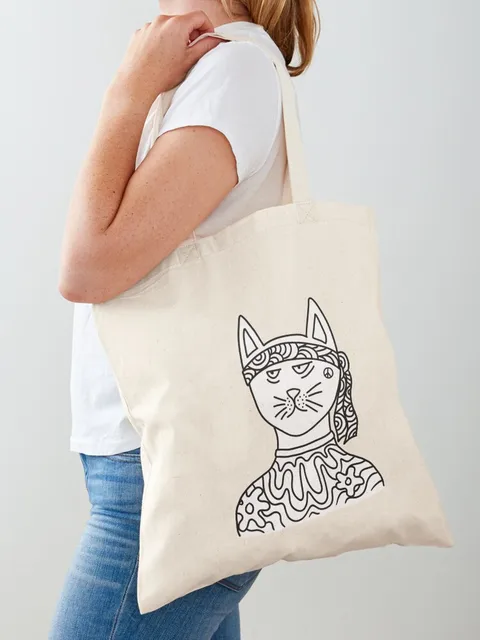
- Unleash your inner artist with abstract designs. Use bold strokes, splatters, or swirls to create a visually captivating and unique piece of wearable art.
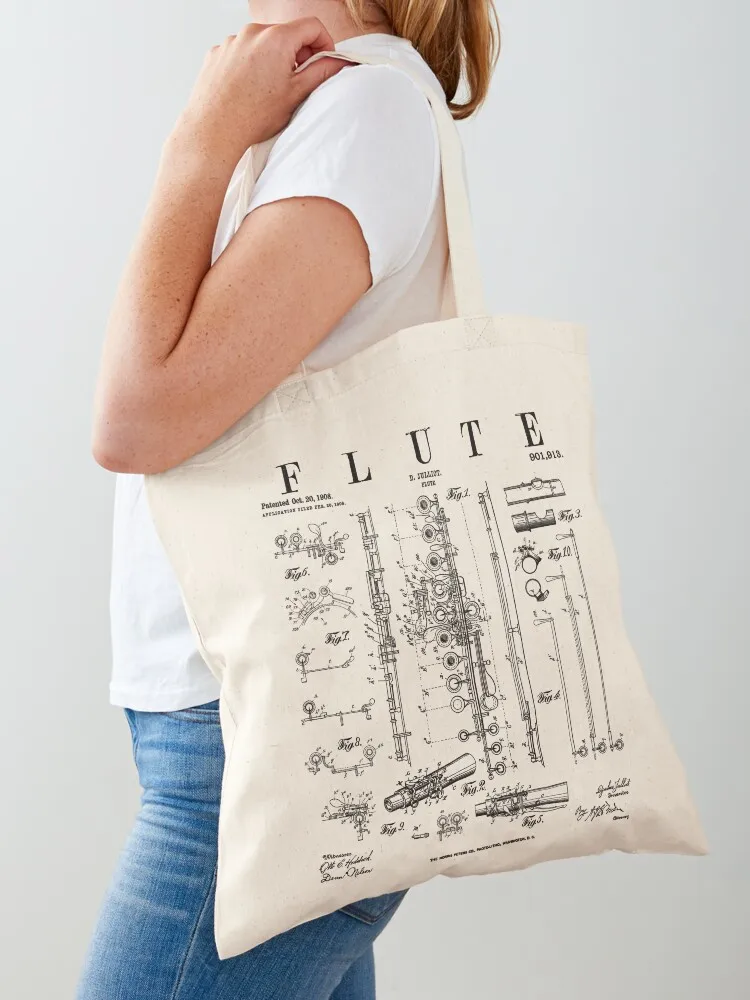
Embrace a vintage aesthetic with retro-inspired designs. Think about classic motifs like polka dots, checkerboards, or retro typography to add a nostalgic touch.
How to Plan and Sketch Your Design
- Visualize the Layout:
- Before putting paint to tote, visualize the layout of your design. Consider the placement of each element to ensure a balanced and aesthetically pleasing composition.
- Start with a Base Sketch:
- Use a pencil to create a base sketch directly on the tote bag. Outline major elements and shapes, ensuring that you have a clear roadmap for the painting process.
- Layering and Depth:
- Plan for layering and depth within your design. Consider how different colors and elements will interact to create dimension and visual interest.
- Consider Color Harmony:
- Think about the color scheme of your design. Whether it’s monochromatic, complementary, or analogous, a well-thought-out color palette can elevate your tote to a new level of chic.
Examples of Design Inspirations
- Example 1: Boho Chic Feathers:
- Sketch delicate, bohemian-inspired feathers across the tote, using warm earthy tones like rust, mustard, and sage green. Add small geometric details for a modern twist.
- Example 2: Starry Night Sky:
- Create a night sky theme with a dark blue background. Paint whimsical stars and constellations using metallic or glow-in-the-dark paint for a magical touch.
- Example 3: Minimalistic Cactus Garden:
- Embrace simplicity with a minimalistic cactus garden. Sketch various cactus shapes in shades of green against a neutral background for an effortlessly chic look.
- Example 4: Pop Art-Inspired Pets:
- Give your tote a pop art flair by painting your beloved pets in a vibrant and stylized manner. Use bold colors and strong outlines for a playful effect.
Remember, the key to a successful design lies in planning and experimenting. Let your imagination run wild, and soon your tote will be a showcase of your unique and creative vision!
Crafting Precision in Your Tote Masterpiece
When it comes to achieving clean lines and adding a touch of precision to your tote bag designs, masking tape emerges as a secret weapon in your artistic arsenal. Here’s why masking tape is a valuable tool and how to wield it effectively in your creative process:
1. Crafting Clean Lines:
- Masking tape acts as a guide, allowing you to create crisp and clean lines in your designs. This is particularly beneficial when working on intricate patterns, geometric shapes, or any design that demands precision.
2. Defining Sections in Your Design:
- Use masking tape to segment your tote into different sections. This is especially useful if you plan to incorporate multiple colors or distinct elements within your design. The tape acts as a barrier, ensuring each section remains well-defined.
3. Ensuring Paint Stays Within Boundaries:
- One of the primary roles of masking tape is to prevent paint from bleeding into unwanted areas. By securely adhering the tape along the edges of your design, you create a protective barrier that maintains the integrity of each section.
How to Effectively Use Masking Tape
- Preparation is Key:
- Before applying masking tape, ensure your tote is clean and free of any dust or debris. This ensures proper adhesion and prevents paint from seeping underneath the tape.
- Securing the Tape:
- Apply the masking tape firmly along the edges of the areas you want to protect. Press down on the tape to ensure a secure seal, especially on fabric surfaces.
- Consider Thickness and Width:
- Experiment with different thicknesses and widths of masking tape based on your design. Thicker tape can create bolder lines, while thinner tape is ideal for intricate details.
- Remove Excess Adhesive:
- If you’re working with a fresh roll of masking tape, it’s advisable to pat it on your clothing a few times before application. This helps remove excess adhesive and prevents it from sticking too strongly to the fabric.
- Be Mindful of Paint Drying Times:
- When using masking tape, be conscious of the drying times of your paint. Remove the tape before the paint is completely dry to avoid peeling or chipping.
Tips for Working with Masking Tape
- Experiment with Angles:
- Get creative with masking tape angles to add dynamic elements to your design. Diagonal lines, chevrons, or intersecting lines can elevate the overall aesthetic.
- Layering with Precision:
- Use masking tape to create layers in your design. By applying tape strategically and working with different layers, you can achieve intricate and visually stunning effects.
- Combine with Stencils:
- Combine the precision of masking tape with the versatility of stencils for more complex designs. This allows you to incorporate detailed patterns with defined edges.
In your tote painting journey, masking tape is not just a practical tool; it’s a key player in bringing your envisioned designs to life. Embrace its precision, experiment with different techniques, and watch as your tote bag transforms into a meticulously crafted masterpiece!
Elevating Your Tote with Artistry
Now that your canvas is prepped, it’s time to dive into the exciting realm of painting techniques. From brush strokes to stenciling and color blending, here’s your step-by-step guide to creating a tote that truly reflects your artistic prowess:
1. Brush Strokes:
Materials Needed:
- Fabric paint
- Paintbrushes in various sizes
Step-by-Step Guide:
- Load Your Brush: Dip the tip of your brush into the fabric paint, ensuring it’s evenly coated but not overloaded.
- Practice on Scrap Fabric: Before applying directly to your tote, practice your brush strokes on a scrap piece of fabric to get a feel for the pressure and consistency of the paint.
- Experiment with Stroke Styles:
- Straight Strokes: Ideal for creating clean lines and defined shapes.
- Circular Strokes: Great for blending colors or creating textured backgrounds.
- Dabbing or Pouncing Strokes: Perfect for achieving a stippled or stippling effect.
2. Stenciling:
Materials Needed:
- Fabric paint
- Stencils
- Masking tape (for securing stencils)
Step-by-Step Guide:
- Secure Your Stencil: Use masking tape to secure your stencil in place on the tote.
- Apply Paint with Sponge or Brush: Using a sponge or a stencil brush, lightly apply fabric paint over the stencil. Be mindful not to use too much paint to prevent bleeding.
- Peel Away Carefully: Once you’ve covered the stencil, carefully peel it away from the tote to reveal your design.
3. Blending Colors:
Materials Needed:
- Fabric paint in multiple colors
- Palette
- Palette knife or old credit card
Step-by-Step Guide:
- Select Your Colors: Choose colors that complement each other well and will blend seamlessly.
- Apply Base Colors: Start by applying the base colors to your tote, allowing them to overlap slightly where you want the blending to occur.
- Use Palette Knife or Card: While the paint is still wet, use a palette knife or an old credit card to gently blend the colors together. You can create smooth transitions or textured effects depending on your preference.
Tips for Achieving Clean Lines and Vibrant Colors:
- Clean Brushes Between Colors:
- To avoid color contamination, thoroughly clean your brushes between color changes. Have a container of water and a rag or paper towels on hand for quick and efficient cleaning.
- Use High-Quality Fabric Paint:
- Invest in high-quality fabric paint to ensure vibrant colors that withstand washing and wear. Cheaper paints may fade or bleed over time.
- Employ Masking Tape for Clean Edges:
- When creating geometric patterns or sections, use masking tape to achieve clean and defined edges. Ensure the tape is firmly pressed down to prevent paint bleeding underneath.
- Layer Colors Strategically:
- When layering colors, consider the order in which you apply them. Start with lighter colors and gradually add darker tones to prevent muddiness.
- Experiment with Textures:
- Vary your brush strokes and blending techniques to add texture to your design. This can bring depth and visual interest to your tote.
With these step-by-step instructions and tips, you’re equipped to unleash your creativity using various painting techniques. Let your imagination guide your brush, and watch as your tote becomes a vibrant and personalized work of art!
Making Your Tote Uniquely Yours
Your tote is not just a canvas; it’s a reflection of your personality and style. Let’s explore how you can infuse your unique touch into the design, making it a true representation of who you are:
1. Infuse Your Personality:
- Encouragement to Be Bold: Remind readers that this is their chance to express themselves boldly. Whether they’re quirky, elegant, or somewhere in between, their tote should mirror their individuality.
2. Incorporate Elements that Resonate:
- Favorite Quotes or Mantras:
- Encourage Meaningful Quotes: Suggest adding favorite quotes, affirmations, or mantras that hold personal significance. These snippets of inspiration not only add character but serve as daily reminders.
- Placement Matters: Guide readers to consider the placement of quotes – it could be prominently displayed or subtly hidden within the design for a delightful discovery.
- Symbols or Icons:
- Represent Interests: Suggest incorporating symbols or icons related to hobbies, passions, or interests. It could be a musical note, a camera, or even a favorite animal.
- Create a Narrative: Encourage readers to think of their tote as a visual story. Each symbol contributes to the narrative, telling a bit about the person carrying it.
- Themes from Personal Stories:
- Memories and Milestones: Share the idea of integrating elements from personal stories, such as significant dates or symbols representing milestones. This adds sentimental value to the design.
- Travel-Inspired Designs: For avid travelers, incorporating symbols from places they’ve visited or dream of visiting creates a wanderlust-infused tote.
3. Examples of Personal Touches:
- Example 1: Wanderlust Adventure Tote:
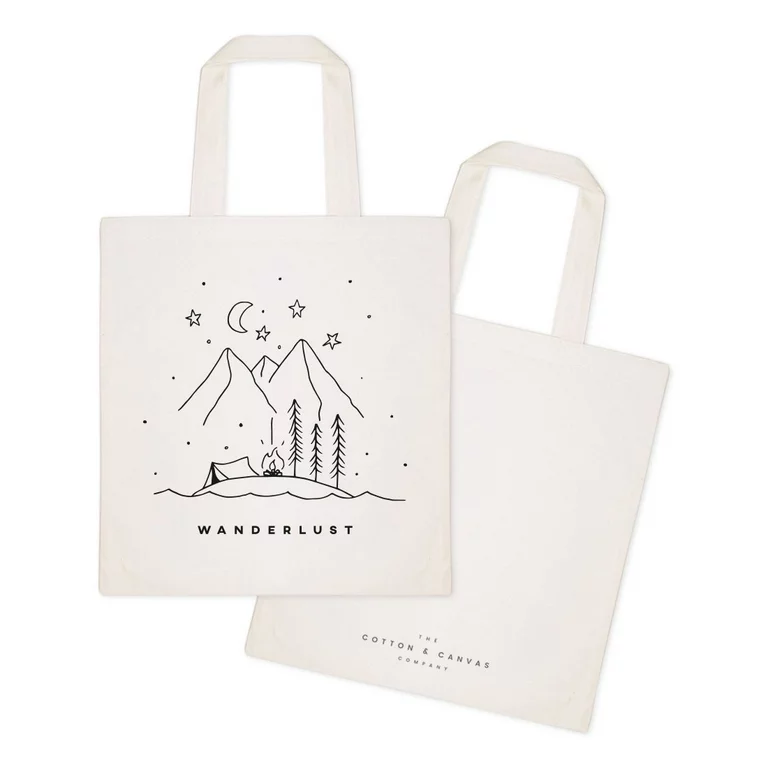
- Design Elements: Illustrate a tote adorned with travel-themed elements like tiny airplanes, passport stamps, and a compass. The quote “Adventure Awaits” is elegantly incorporated, emphasizing the spirit of exploration.
- Example 2: Nature Lover’s Delight:
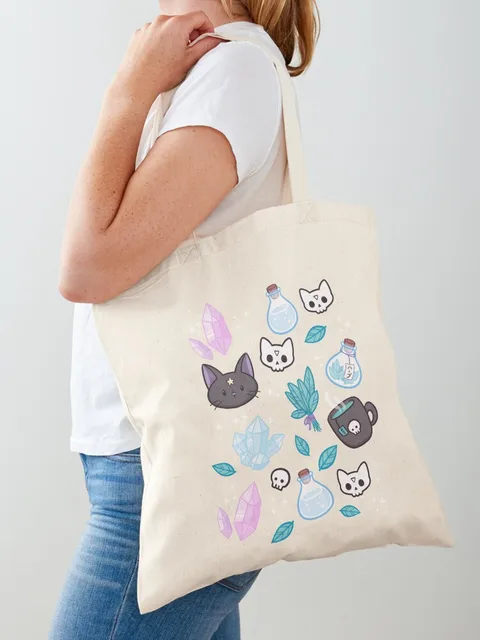
- Design Elements: Showcase a tote featuring intricately painted leaves, flowers, and a small bird. The tote tells a story of a nature enthusiast, with a hidden quote about the beauty of the outdoors.
- Example 3: Artist’s Palette Inspiration:

- Design Elements: Highlight a tote with vibrant paint splatters, a miniature artist’s palette, and a paintbrush. The design captures the essence of a creative soul, with a personalized quote about the joy of artistic expression.
Encouragement for Readers:
- Embrace Imperfections: Remind readers that imperfections can enhance the charm of a personalized design. It’s the uniqueness of their creation that sets it apart.
- Experiment and Explore: Encourage experimentation. Readers should feel free to mix and match personal elements, trying out different combinations until they discover a design that truly resonates with them.
- Share and Connect: Create a community by encouraging readers to share their personal touches. Whether it’s on social media or through a dedicated platform, this fosters a sense of connection and inspiration among creators.
Adding personal touches to your tote isn’t just about aesthetics; it’s about creating a wearable piece of art that speaks to who you are. Encourage readers to let their imagination run wild, and watch as their tote becomes a canvas of self-expression.
DIY Tips and Tricks: Mastering the Art of Tote Painting
Embarking on a DIY tote painting adventure is both thrilling and rewarding. To ensure a smooth and successful painting experience, consider these practical tips and tricks that will guide you through the creative process:
1. Set Up a Designated Workspace:
- Importance of a Clean and Organized Space:
- Stress the importance of a clean and organized workspace. A clutter-free environment allows for better focus and creativity.
- Protective Measures:
- Suggest using a drop cloth or old newspapers to protect the work surface from paint spills. This not only keeps the area tidy but also prevents accidental stains.
- Good Lighting is Key:
- Emphasize the need for good lighting to accurately see colors and details. Natural light is ideal, but if that’s not possible, use bright, white light to illuminate your workspace.
2. Layering Colors for Depth:
- Start with a Light Base:
- Advise starting with a light base color before adding darker hues. This creates a foundation for the design and allows subsequent colors to stand out.
- Gradual Build-Up:
- Encourage layering colors gradually. Let each layer dry before applying the next to prevent smudging or muddying of colors.
- Experiment with Textures:
- Suggest experimenting with different textures by layering paint in various ways. This adds depth and visual interest to the overall design.
3. Ensure Proper Drying Time:
- Patience is a Virtue:
- Stress the importance of patience when it comes to drying time. Rushing this step can lead to smudges or paint transfer.
- Use a Hair Dryer:
- For those eager to see the finished product sooner, using a low-heat setting on a hair dryer can expedite the drying process. However, caution should be taken to avoid heat damage to the fabric.
- Test the Dryness:
- Advise readers to gently touch a small, inconspicuous area to ensure the paint is completely dry before moving on to the next section or layer.
Common Challenges and Solutions:
- Issue: Paint Bleeding Beyond Masking Tape:
- Solution: Apply masking tape more securely, ensuring it’s pressed down firmly along the edges. Consider using painter’s tape for delicate fabrics.
- Issue: Colors Appearing Dull or Fading:
- Solution: Use high-quality fabric paint to prevent colors from fading over time. Additionally, let each layer dry completely before applying the next for vibrant results.
- Issue: Uneven Paint Application:
- Solution: Practice brush strokes on a scrap fabric before applying to the tote. Ensure even pressure and coverage for a consistent finish.
- Issue: Smudging During Layering:
- Solution: Allow each layer to dry thoroughly before adding the next. If using stencils, ensure they are completely dry before repositioning for the next application.
Final Pro Tip: Sign Your Masterpiece!
- Encourage readers to sign or initial their tote bag creation. Not only does this add a personal touch, but it also marks the completion of a unique and wearable piece of art.
With these DIY tips and tricks, readers can confidently dive into their tote painting project, equipped with the knowledge to overcome challenges and create a stunning, personalized masterpiece. Happy painting!
Caring for Painted Tote Bags: A Guide to Longevity
Your painted tote bag is a wearable masterpiece, and with a little care, you can ensure its vibrancy lasts. Here’s a comprehensive guide on how to care for and maintain the longevity of your painted tote bags:
1. Initial Care:
- Allow for Curing Time:
- Ensure the painted tote has ample time to cure before regular use. Follow the instructions on the fabric paint for recommended curing times, usually around 72 hours.
- Protect During Initial Use:
- Be cautious during the first few wears. Avoid excessive friction or contact with other items to allow the paint to fully set.
2. Washing Instructions:
- Wait Before Washing:
- Wait until the paint has completely cured before washing. Washing too soon can compromise the paint’s adhesion.
- Turn Inside Out:
- Always turn the tote bag inside out before washing. This protects the painted surface from the agitation of the washing machine.
- Gentle Cycle:
- Use a gentle cycle to minimize stress on both the fabric and the painted design.
- Cold Water:
- Wash your tote bag with cold water. Hot water can break down the fabric paint over time.
- Mild Detergent:
- Opt for a mild detergent to avoid harsh chemicals that might affect the paint.
- Air Dry or Low Heat:
- Air-dry your tote or use a low-heat setting in the dryer. High heat can cause the fabric to shrink and affect the painted design.
3. Storage Tips:
- Avoid Folding Painted Areas:
- Refrain from folding the tote in a way that causes painted areas to rub against each other. This helps prevent wear and tear on the design.
- Store Flat or Hang:
- Store the tote flat or hang it to prevent creases and preserve the painted surface.
- Protect from Direct Sunlight:
- Avoid leaving the tote in direct sunlight for extended periods. Sunlight can cause colors to fade over time.
- Use Fabric Protectors:
- Consider using fabric protectors or sprays designed to shield the painted surface. Always test on a small, inconspicuous area first.
- Rotate Usage:
- If possible, rotate the use of painted totes to distribute wear evenly.
4. Repairing Small Damages:
- Touch-Up with Fabric Paint:
- For small chips or scratches, use the original fabric paint to touch up the design.
- Reinforce Seams:
- Reinforce seams with fabric glue or additional stitching if signs of wear appear.
5. Regular Checkups:
- Inspect Regularly:
- Regularly inspect your painted tote for any signs of damage. Catching and addressing issues early can prevent more extensive damage.
Remember, your painted tote is a unique expression of creativity. With proper care, it can stay vibrant and stylish for a long time. Treat it with love, and it’ll continue to be a wearable work of art!
Feel free to mix and match elements from different designs or let these inspire your unique creations. The possibilities are endless, and your tote can truly become a canvas for your imagination! Happy painting!
Now, as we wrap up, remember that transforming tote bags with cute paint designs is more than a creative endeavor—it’s a fun and accessible way to express your individuality. Your tote becomes a canvas for your unique story, a wearable masterpiece that reflects your personality.
So, what are you waiting for? Embark on your artistic journey, pick up that paintbrush, and let your imagination run wild! Share your experiences, showcase your creations, and be a part of the vibrant Painted Tote Revolution. Together, let’s paint the world with creativity and celebrate the beauty of self-expression!

